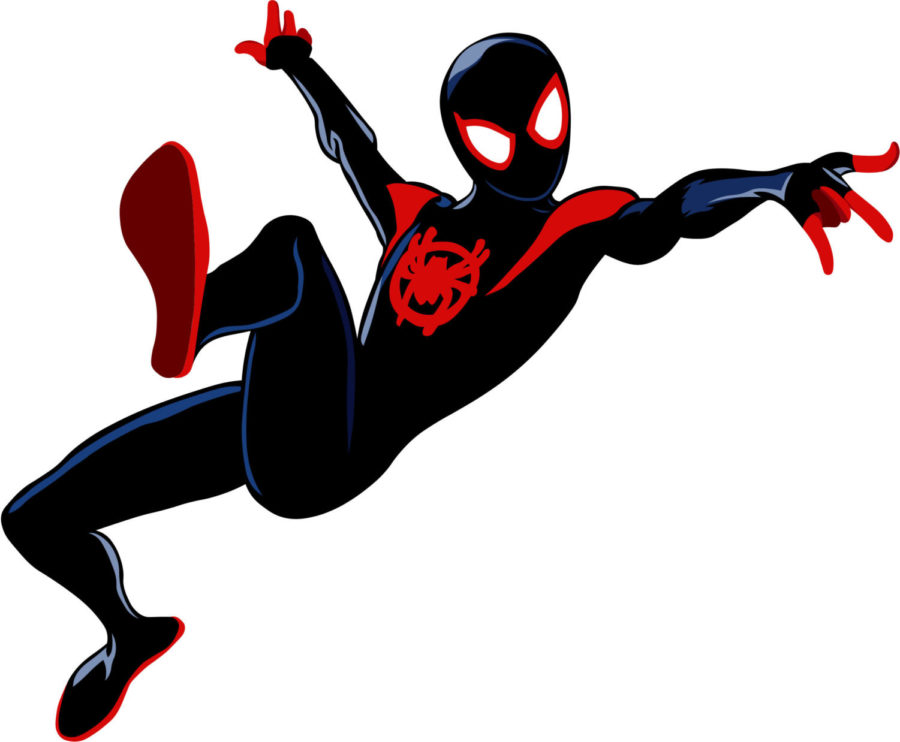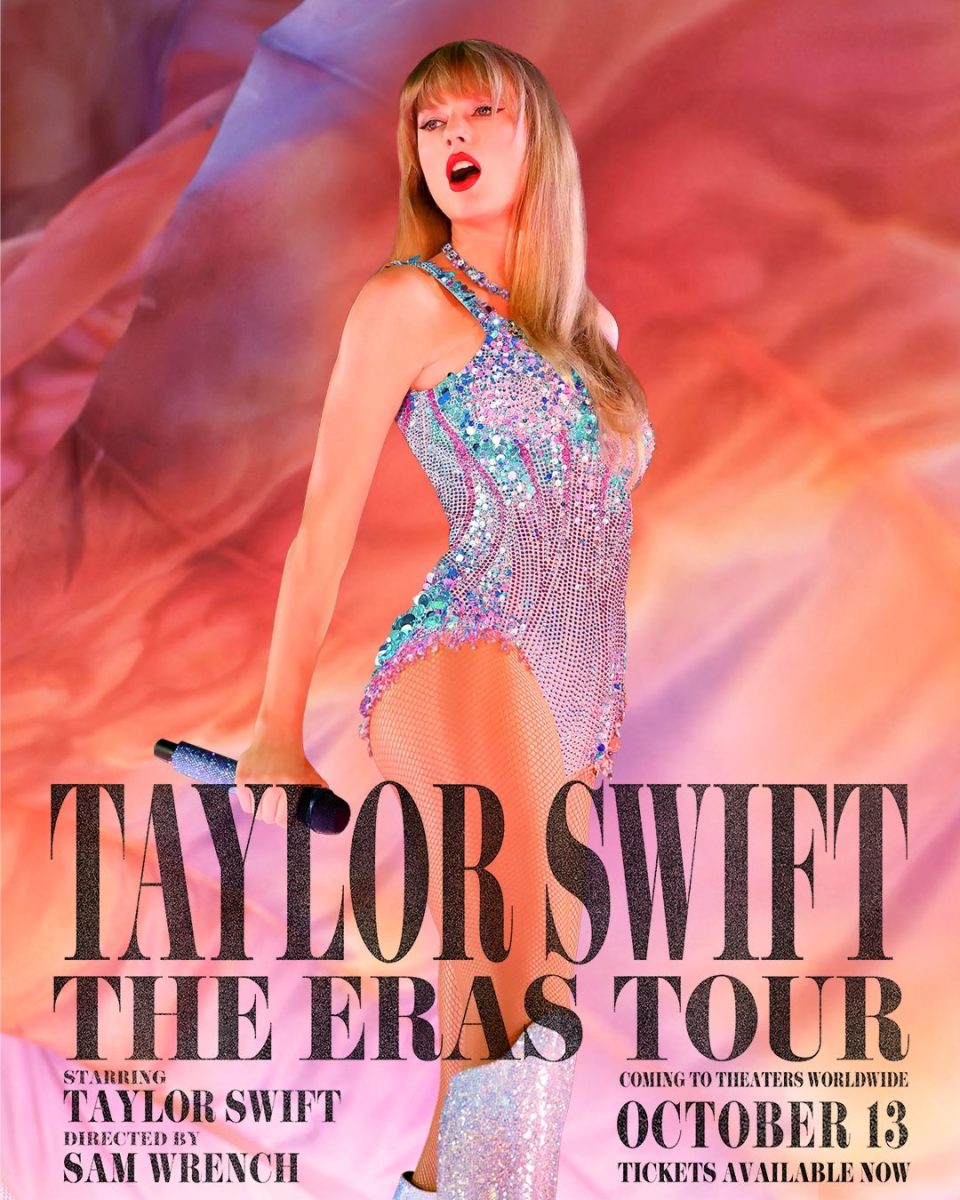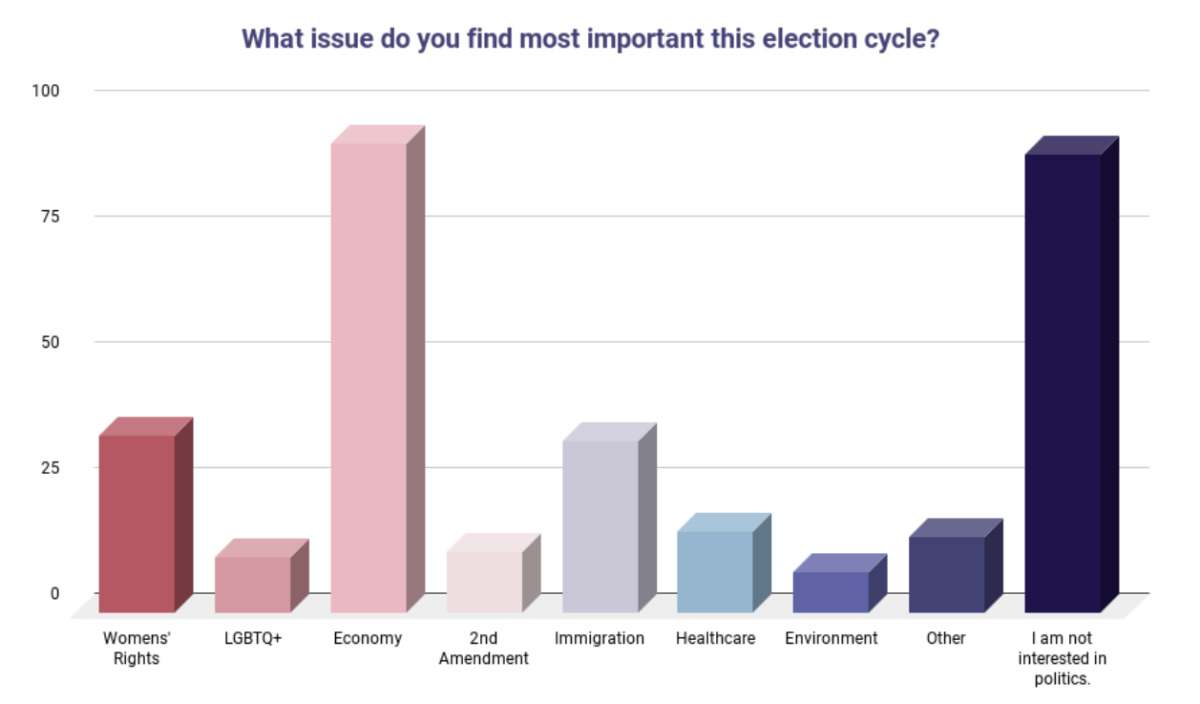The Spider-Man legacy has been left with as many misses as it has had hits in the 21st Century, but Sony’s latest entry into that universe, “Spider-Man: Into the Spider-Verse”, not only hits the mark but passes it. The film brings a new Spider-Man story to mainstream audiences, as it turns its focus away from Peter Parker and towards a young Miles Morales, an African-American high school student from Brooklyn.
With three versions of Peter Parker already in existence, many people would ignore yet another Spider-Man origin story. However, Spider-Man: Into the Spider-Verse takes the well-known tale of a young man bitten by a radioactive spider and twists it into a modern version for a new audience. Not only that, but the film plays as a crossover event, bringing together the various worlds of spider people, women and even pigs. The film brings an important level of representation to the classic story without reducing Miles Morales to just his skin color and ethnicity.
Another detail that separates this film from the previous incarnations of the Spider-Man, is the truly revolutionary style of animation used. It must be noted, however, upon first walking into the theater, that the animation style does require an adjustment period. For the first five to 10 minutes of the film, it is like watching a 3D movie without glasses on. However, after those few minute,s the blurriness begins to make sense with the world, and it fully immerses you into the story.
The animation style does more than just tell the story in a two dimensional format. It tells the story in its original format, as a moving comic book. Not only that, it breaks the fourth wall and acknowledges the other characters from the Marvel universe and their own comic book story lines. It takes the comic book movie back to its original format, adding a level of authenticity to it without excluding non comic book readers from the narrative.
One of the highlights of the film is the magnificent soundtrack. The soundtrack allows the audience to understand Miles’s character on a deeper level than the film alone would show — as if fans have been given his personal music playlists.
At times the story becomes quite predictable since it is a remastered version of the original – with many plot points becoming obvious as it progresses. Despite this, the story still feels fresh. The audience stops asking “is this going to happen” and starts asking “how are they going to make this different?” The changes make the story feel new and separate Miles from every other Spider-Man we’ve seen.
While some the various spider-people, including Spider-Ham and a robotic Spider-Man from the future, light up the cast of characters with their colorful personalities, it almost seems that the same effect could be met with any of the various iterations of Spider-Man. Their personal qualities add nothing to the plot other than the fact that they are unique versions of the same character.
With a Golden Globe win and an Academy Award nomination, the film is already being recognized. The nomination and win are a step forward for animation and shows that diversity is not only important but award-winning. It’s not only a milestone for animation and the Spider-Man universe but a win for diversity and representation in the film industry. Proving an African-American and Puerto Rican mixed character can become Spider-Man gives minority children a new hero that looks just like them and that they can look up to.















